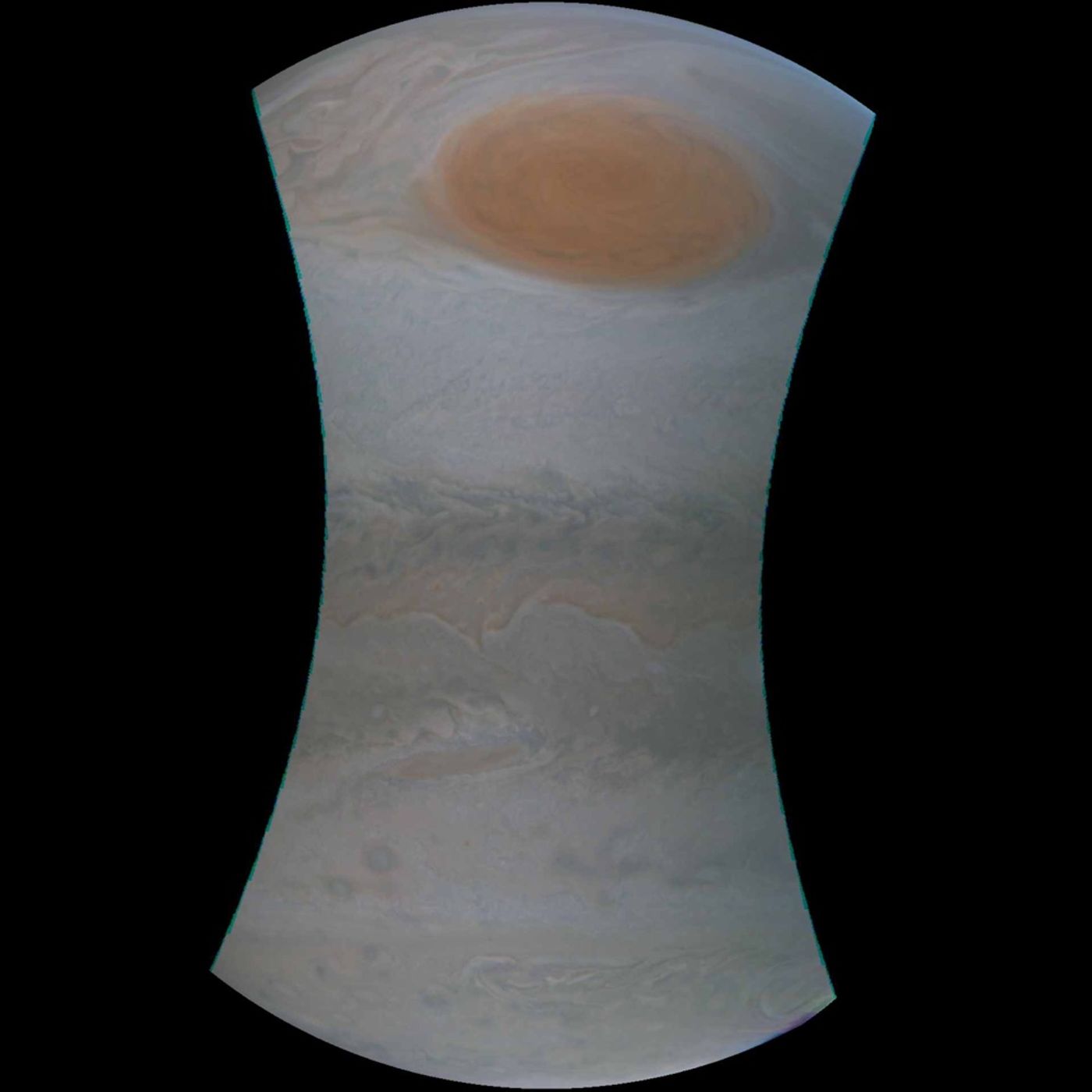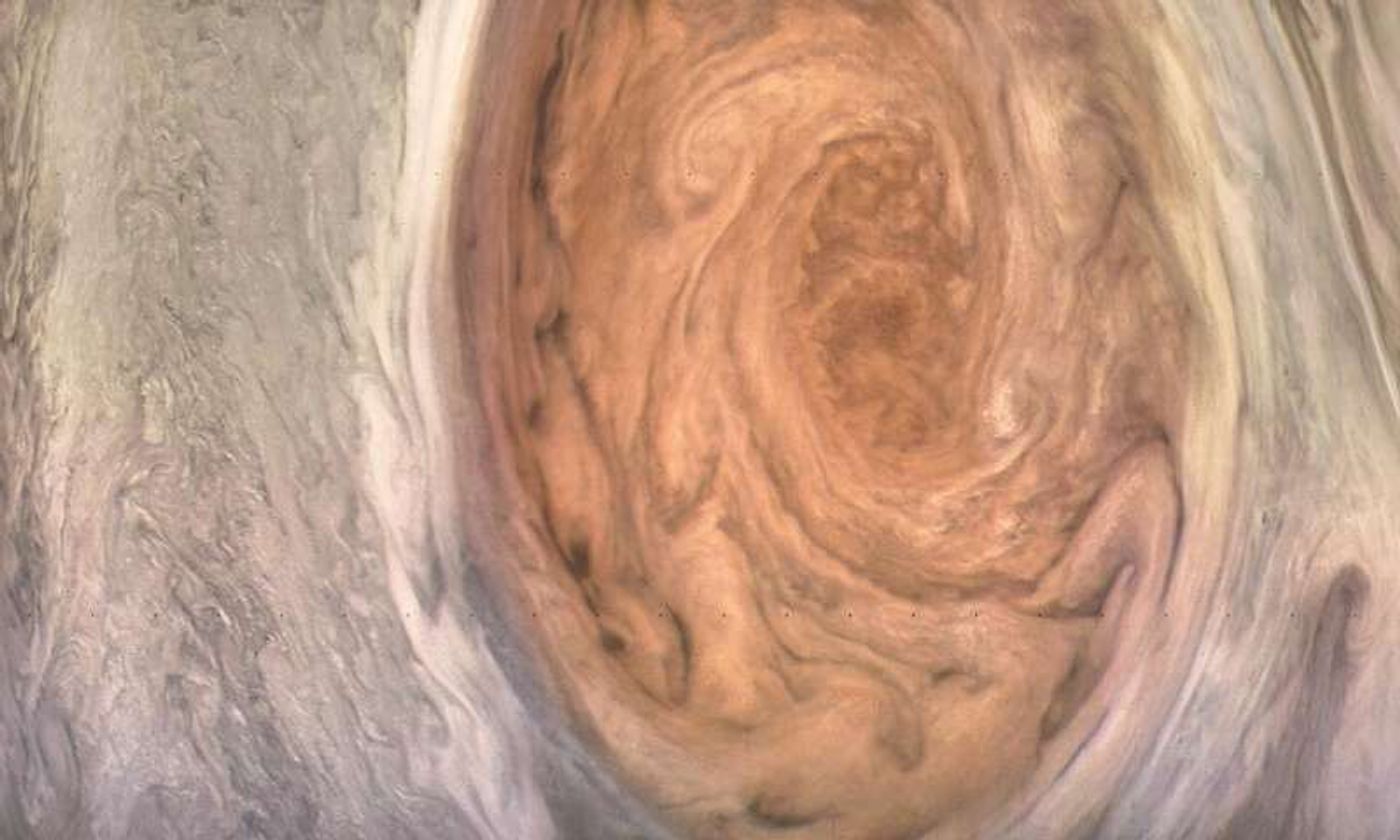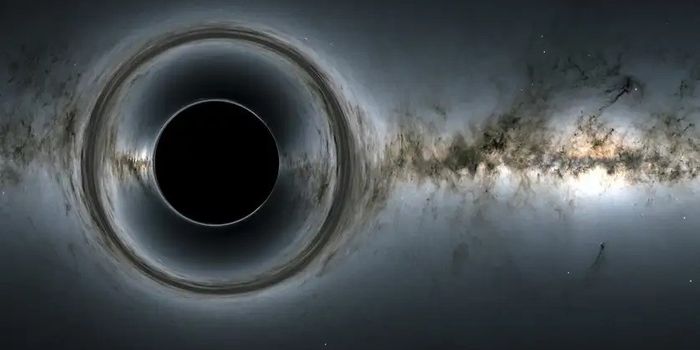Juno's Close-Up Images of Jupiter's Great Red Spot Are Now Available
Jupiter’s Great Red Spot received a lot of attention this week because the Juno probe was positioned just right for a detailed fly-over. The onboard JunoCam instrument seized the opportunity to capture incredible images, the first of which were processed and released to the public on Thursday.
Image Credit: NASA/SwRI/MSSS
The processing makes slight adjustments to the real colors, which makes certain elements stand out more from the rest. Among those are vivid details within the swirling clouds in Jupiter’s atmosphere; or in this case, in the Great Red Spot.
Juno snapped these images at 5,600 miles above Jupiter’s surface, providing astronomers with a bird’s eye view of the 10,159-mile-wide storm that has raged on for centuries. The level of detail allows you to make out the chaotic vortices of the large crimson spot.
Image Credit: NASA/JPL-Caltech/SwRI/MSSS/Kevin Gill
“For hundreds of years scientists have been observing, wondering and theorizing about Jupiter’s Great Red Spot,” said Juno principal investigator Scott Bolton.
“Now we have the best pictures ever of this iconic storm. It will take us some time to analyze all the data from not only JunoCam, but Juno’s eight science instruments, to shed some new light on the past, present and future of the Great Red Spot.”
Related: Here's what Jupiter's magnetic field sounds like
Juno was using more than just its powerful camera during the fly-over. All seven of Juno’s scientific instruments were active at the time, which means there’s still a bevy of data to receive and review.
These tools all work together, enabling the probe to sniff out magnetic fields, radiation levels, gravitational effects, and atmospheric qualities, among other things.
We’ll have to continue waiting to see what becomes of the additional data, but Juno’s state-of-the-art equipment should provide enough clarity to help humanity learn exciting new things about the solar System’s largest-known planet.
Related: Technical difficulties force a change in plans for the Juno mission
The Juno mission will remain active until February of 2018. When the time comes, NASA will command Juno to plunge into Jupiter, where the intense pressures of the planet’s atmosphere will destroy the probe. This move will prevent Juno from hurtling out of control towards one of Jupiter’s many moons when its limited fuel supply eventually runs out.
Source: NASA










